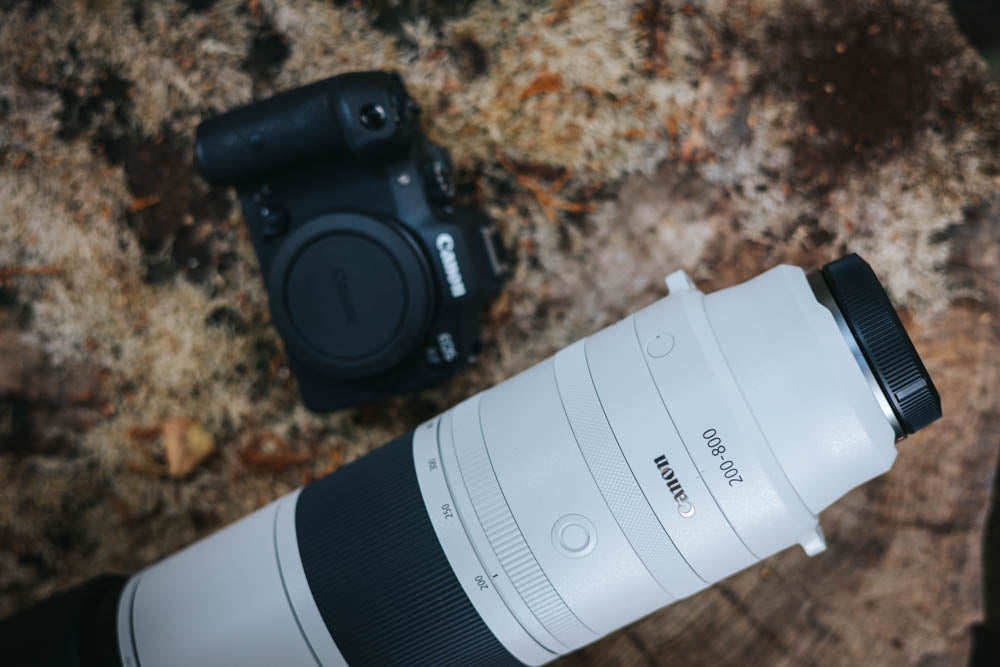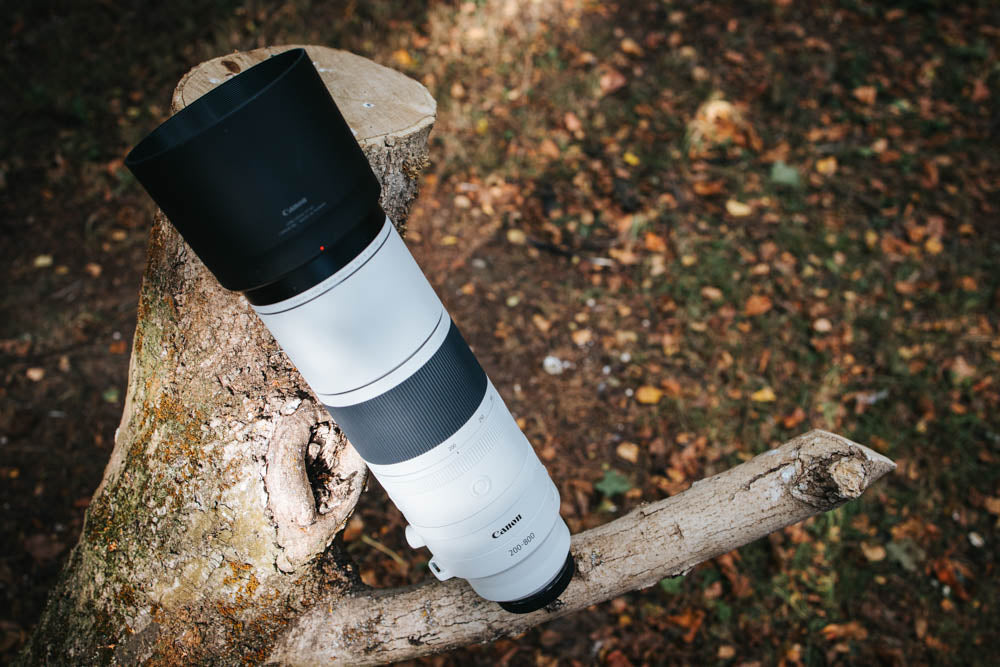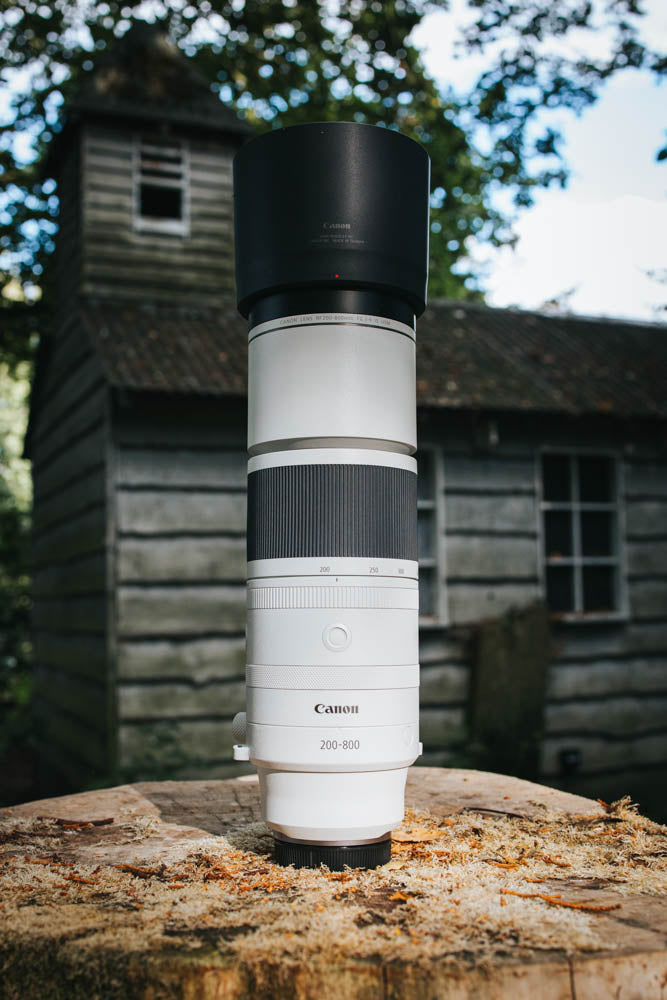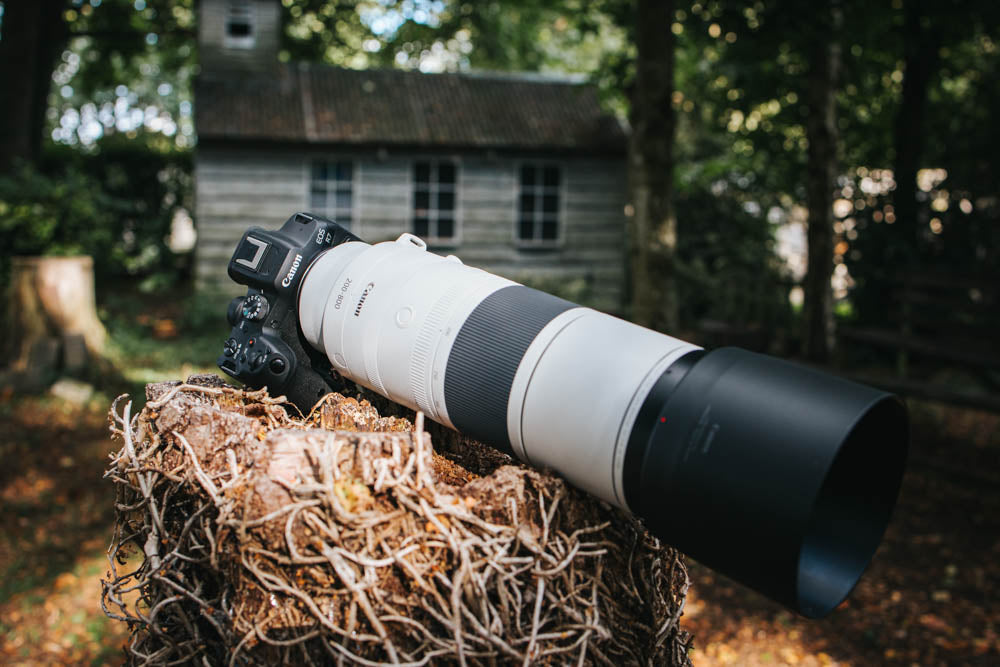Product Description
Introducing the RF 200-800mm F6.3-9 IS USM Full Frame Super-Telephoto Zoom Lens for EOS R Mirrorless Cameras: A Game Changer in Wildlife and Sports Photography
Whether you're capturing nature's beauty or sports action, the RF 200-800mm's incredible power allows you to pull even the smallest subjects into your frame, even from as close as 0.8m. Thanks to its 5.5-stop Optical Image Stabilization, lightning-fast autofocus, and exceptional optical construction, you can expect high-quality images and videos every time.

Revolutionising the world of wildlife and sports photography with the RF 200-800mm F6.3-9 IS USM Full Frame super-telephoto zoom lens for EOS R mirrorless cameras. This new and affordable lens reaches further than any other lens in its class, offering all the desirable focal lengths in one. Reach the unreachable with just one lens.

The RF 200-800mm F6.3-9 IS USM has incredible power to pull even small subjects right into the frame, from as close as 0.8m. Its 5.5-stop Optical Image Stabilisation, fast autofocus, focal range and optical construction deliver high-quality images and videos.
The lens is the ideal choice for enthusiasts who want to push the boundaries of wildlife and sports photography, capturing what may not have been possible previously.

Key features
-
200-800mm super-telephoto zoom: Flexible and long-reaching focal range.
-
New RF Optical design: Innovative new design using the RF mount for high image
quality.
-
Nano USM Motor: for fast, smooth and quiet autofocus for stills and video
-
Up to 5.5-stops of optical image stabilisation
-
Nine-blade aperture for beautiful background rendering
-
Weather-resistant for use in harsh conditions
-
Compact, lightweight design: 2050g weight, 314mm length

Canon RF 200-800 Sample Images



































